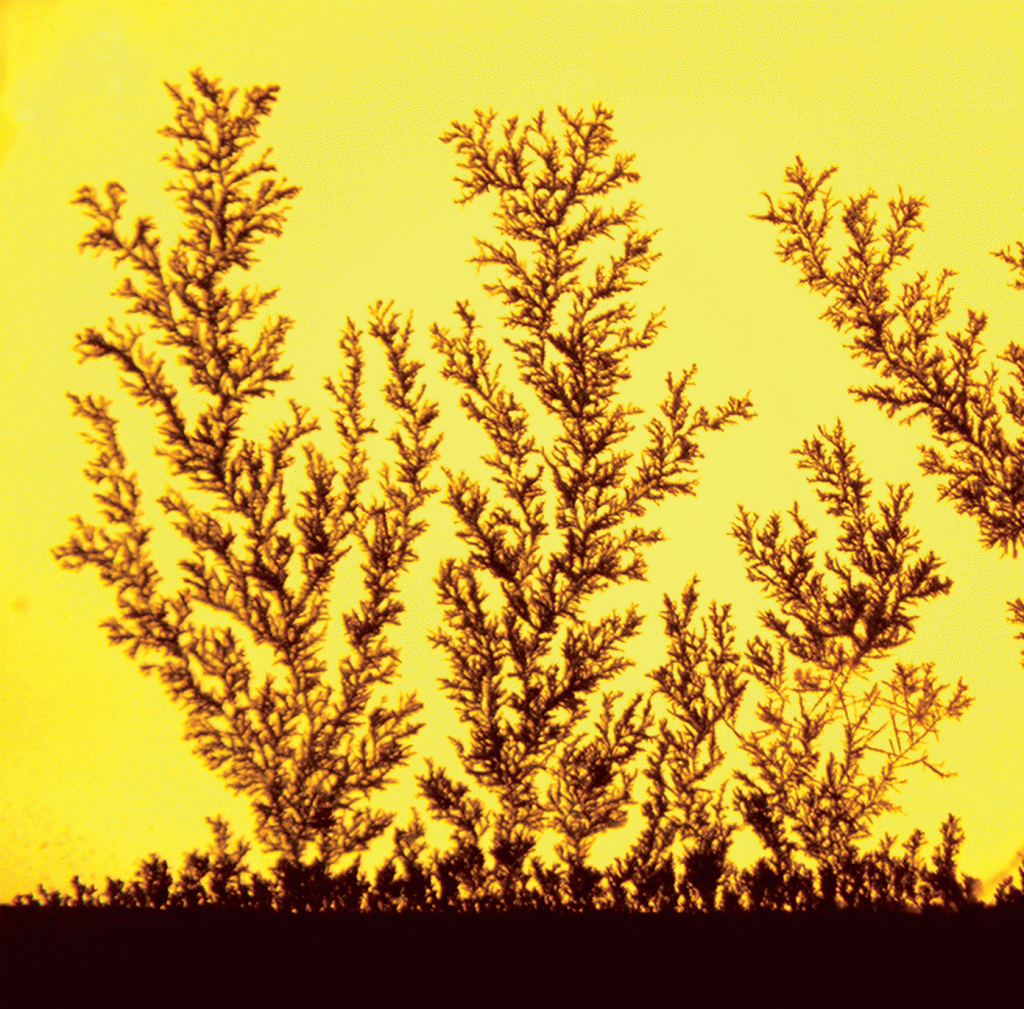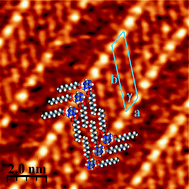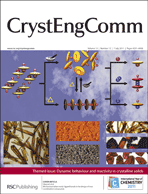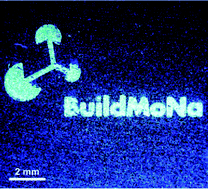 This month’s Crystal Clear shows silver crystals forming tree shaped structures.
This month’s Crystal Clear shows silver crystals forming tree shaped structures.
The image is taken from an article by Chunhua Ding, Jixiang Fang and colleagues from Xi’an Jiaotong University, China, which appeared in Issue 14 of CrystEngComm.
The scientists look at the nanostructural growth of the silver crystals, and how changing the conditions changes the way the crystals form. In this optical micrograph the silver crystals are arranged into a loose fractal tree, but they also made dendrite and dense branched shaped structures.
Read the full article to find out more about the nanostructures of these silver crystals…
In situ studies of different growth modes of silver crystals induced by the concentration field in an aqueous solution
Hongjun You, Chunhua Ding, Xiaoping Song, Bingjun Ding and Jixiang Fang
CrystEngComm, 2011, 13, 4491-4495
DOI: 10.1039/C1CE05289F
See other Crystal Clears by clicking on the category in the panel on the right hand side.












![2,3-bis[(E)-4-(diethylamino)-2-alkoxybenzylideneamino]fumaronitrile derivatives](http://pubs.rsc.org/services/images/RSCpubs.ePlatform.Service.FreeContent.ImageService.svc/ImageService/image/GA?id=C1CE05198A) Scientists from Japan and China have investigated the crystal structures of bisazomethine dyes in this CrystEngComm Hot article.
Scientists from Japan and China have investigated the crystal structures of bisazomethine dyes in this CrystEngComm Hot article.
 James D. Wuest and co-workers from the University of Montréal, Canada, look at crystalline amino-substituted azines in this CrystEngComm Hot article.
James D. Wuest and co-workers from the University of Montréal, Canada, look at crystalline amino-substituted azines in this CrystEngComm Hot article. This CrystEngComm Hot article describes the fabrication of SnO2/α-Fe2O3 nanoheterostructures by a hydrothermal process.
This CrystEngComm Hot article describes the fabrication of SnO2/α-Fe2O3 nanoheterostructures by a hydrothermal process.
 CrystEngComm‘s themed issue on
CrystEngComm‘s themed issue on 

 In this CrystEngComm Hot article, Michael Lorenz and colleagues from Universitat Leipzig have made fresnoite thin films, fused on various materials by pulsed laser deposition, for use in photonic applications.
In this CrystEngComm Hot article, Michael Lorenz and colleagues from Universitat Leipzig have made fresnoite thin films, fused on various materials by pulsed laser deposition, for use in photonic applications.